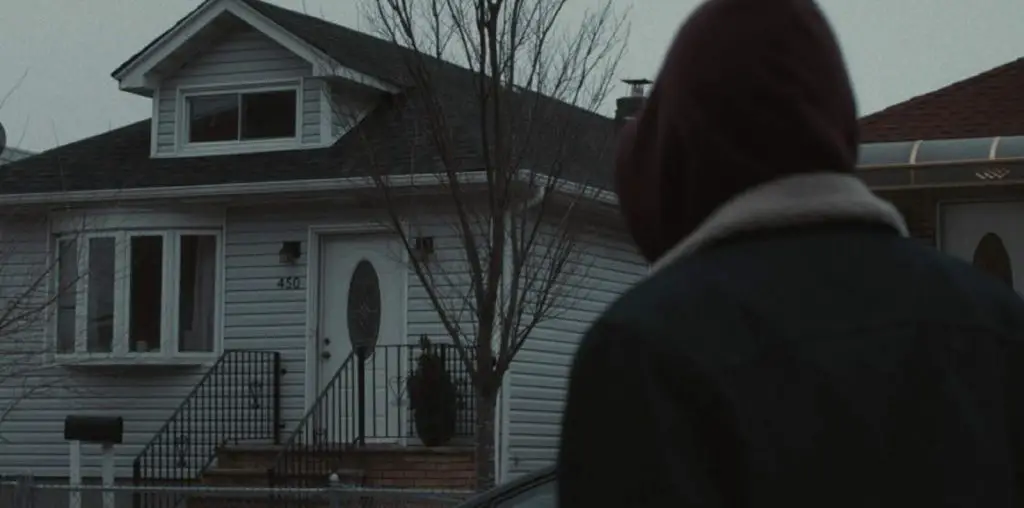
Los Angeles, California, that mecca of the Hollywood elite, was and continues to be a magnet for all who aspire toward greatness. So how does it happen that this very same paradise harbors the largest population of homeless citizens in the United States, and who exactly is to blame for this extraordinary vital statistic?
Taylor Golonka and Sergei Zelinsky set out to answer these questions and more in their documentary film, Homeless in Los Angeles. The filmmakers follow a diverse group of men who reside on Los Angeles streets and beaches, in an attempt to show a day that is very average to them. The men, ranging in age from twenty-two to elderly, have a different story to tell about why they live this way.
Standing in for Golonka and Zelinsky most of the time is a narrator of sorts, named Michael. Two years homeless, Michael’s particular circumstances lay the groundwork for his peers, and us viewers, looking from the outside, in. Describing himself in his own words as a “recovering homeless and substance abuser,” the most articulate and oddly normal Michael feels curiously akin to all humanity. And that’s what makes Homeless in Los Angeles both uplifting and disturbing at the same precise moment.
In terms of novelty, Homeless in Los Angeles is nothing new. Speaking for myself as a Film Threat critic, I reviewed a similar documentary less than one year ago called Cardboard. That film, directed by Matt Longmire, concerned the homeless in Seattle, and explored a strange synergy between the City’s Mayor and the panhandling homeless. Naturally all inventive people, whether they are writers, filmmakers or musicians, eventually tap into a similar story, and this is to be expected. What makes Homeless in Los Angeles unique is that it is not a negative film pulling at our heartstrings and burying us in societal-guilt for those that fall between the cracks. Instead, what the film does offer is an inside glimpse at a peculiar normality among homeless drug abusers and criminals, and how leaving the life, or doing something positive even in Skid Row, is possible.
Cinematically, the movie runs its doc-style course, with talking heads, vintage footage and minimal interchange between the directors and their subjects. Is this annoying? Not really, because the film moves quickly and leaves nothing behind.
If I had to pick one weakness, it would be at the very end of the film. It is there that Michael seems too much like an actor in a lengthy public service advertisement, when he suggests how and where the homeless can seek help. Perhaps this important information would be better and more powerfully addressed in cinematic-text.
What I feel makes the film strong is its editing, substance, and very careful construction. The latter is represented by Michael’s very positive choice to move on, and the heartwarming acceptance of a certain Skid Row, self-appointed social worker named Samuel the Barber.
Flaws aside, I feel that Homeless in Los Angeles is an important film, and one that should be seen by everyone except young children, due to occasional profanity.
This film was submitted for review through our Submission for Review system. If you have a film you’d like us to see, and we aren’t already looking into it on our own, you too can utilize this service.
